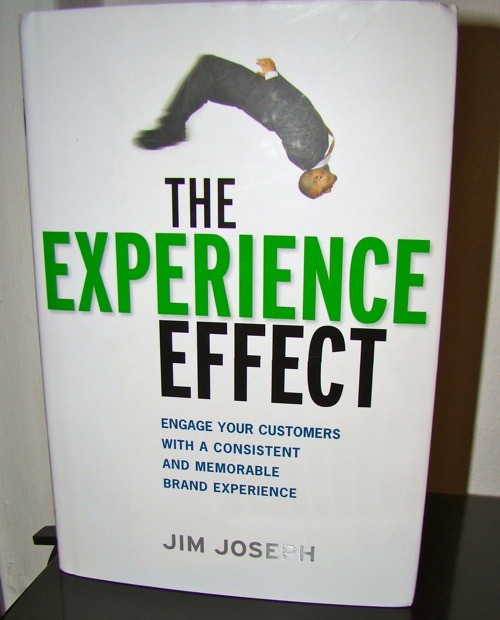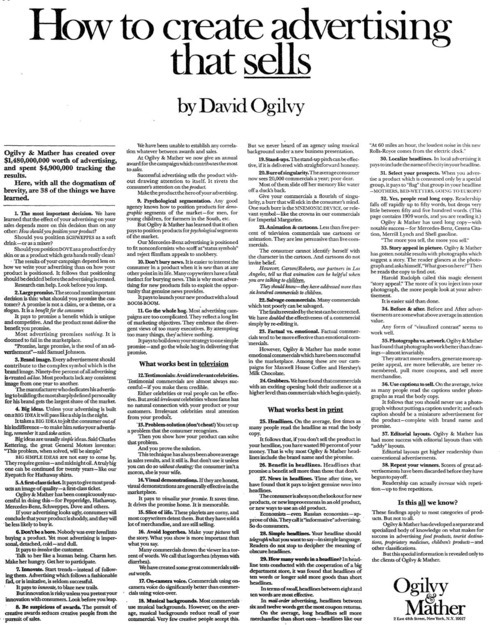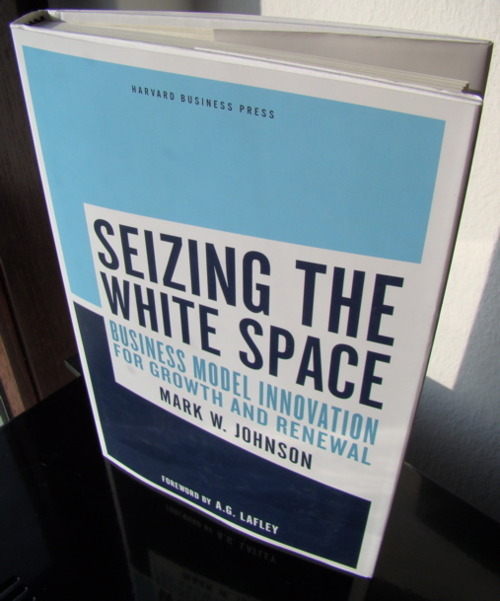
What is it about?
Have you ever been in an Apple store and used an Apple product? If so, you saw that there are components that are consistent. There’s lot of white space. There is modern design and simple design/architecture. Even Apple’s ads are created this way. You are feeling the experience effect. Jim Joseph shows you how to create a strong experience effect and how to align your marketing.
What can I learn?
Define your brand: You should start with defining what you want. Do you want to be a high price segment product/service? Do you want to be hip? Try to list what makes your brand special. The next step is to find out who your possible prospects are. Who wants a high priced hip product? Where do they live? What do they do?
Live your prospect’s life: If you can’t live it, observe it (or at least talk to them). Follow a customer one day and register what she does, where she is and what she consumes. This way you can see how you could improve your channels and what is important to your customers.
Be consistent: A brand is about the experience with the brand, not what the marketing manifesto says. If you begin to be inconsistent than your brand will lose value and eventually die. If you brand stands for great customer service but people have to wait 20 minutes in the waiting loop, you brand isn’t trustworthy.
What are the touch points? If you’ve done the first step, you probably registered a lot of touch points (channels), e.g. billboards, radio ads or specific websites. You should find out which touch points are the strongest and build strategies that are consistent with your brand experience.
Conclusion
The Experience Effect is a solid guide to branding. Jim Joseph explains each step very detailed and practical. He shows why Madonna is more successful than Jennifer Love Hewitt and gives you actionable advice on how to improve your brand. Nice book!


